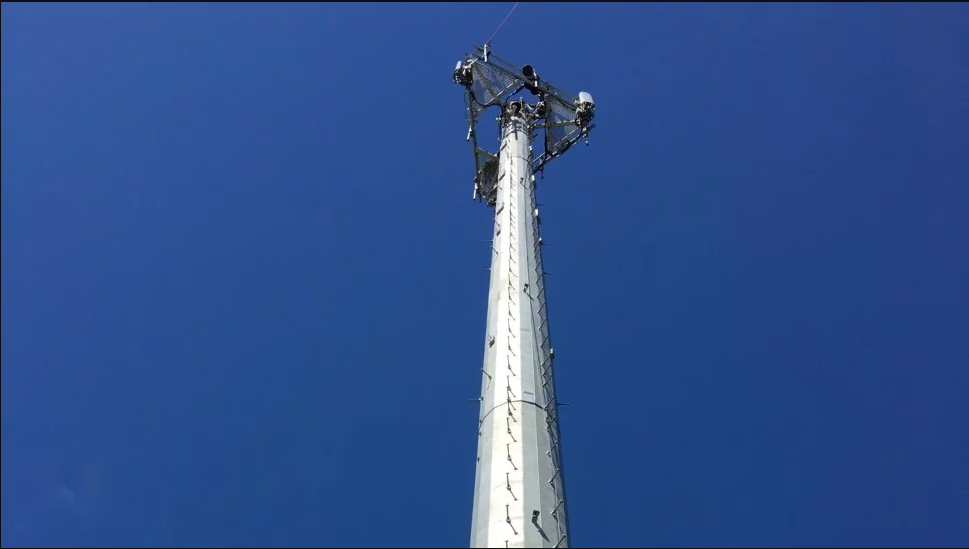The Federal Institute of Telecommunications (Ifetel) in Mexico authorized the last frequency changes of two digital terrestrial television stations operating in the 600 MHz band, which completes the release of the band. Mexico has become the first country in the world in achieving this process.
This opens the possibility of obtaining a second digital dividend in the country, which, in turn, will allow the exploitation of International Mobile Telecommunications (IMT) applications for the mobile broadband service. Through fifth generation technologies, commonly known as 5G.
During the last three years, Ifetel carried out various operations to optimize the use of the . . .






